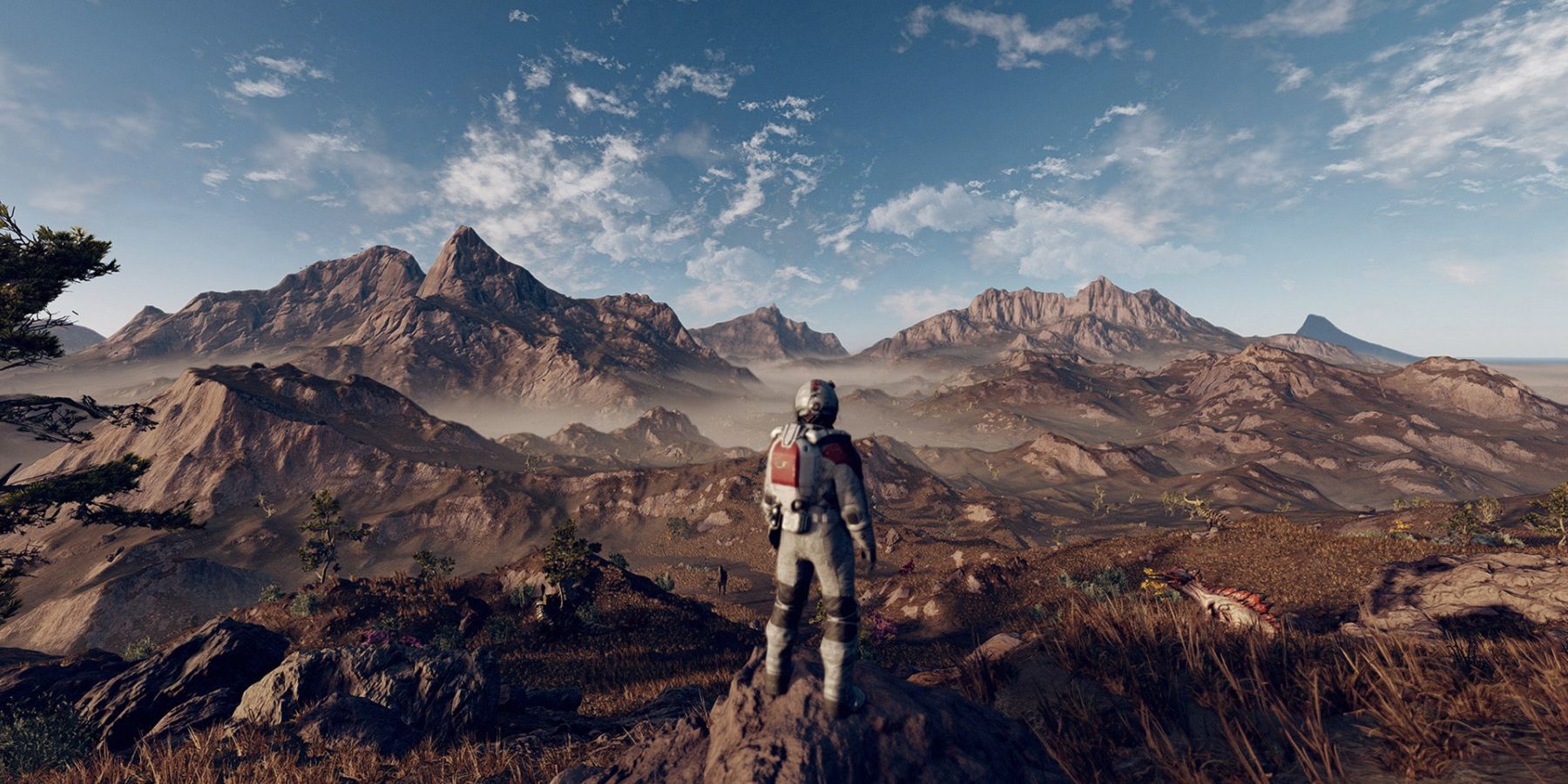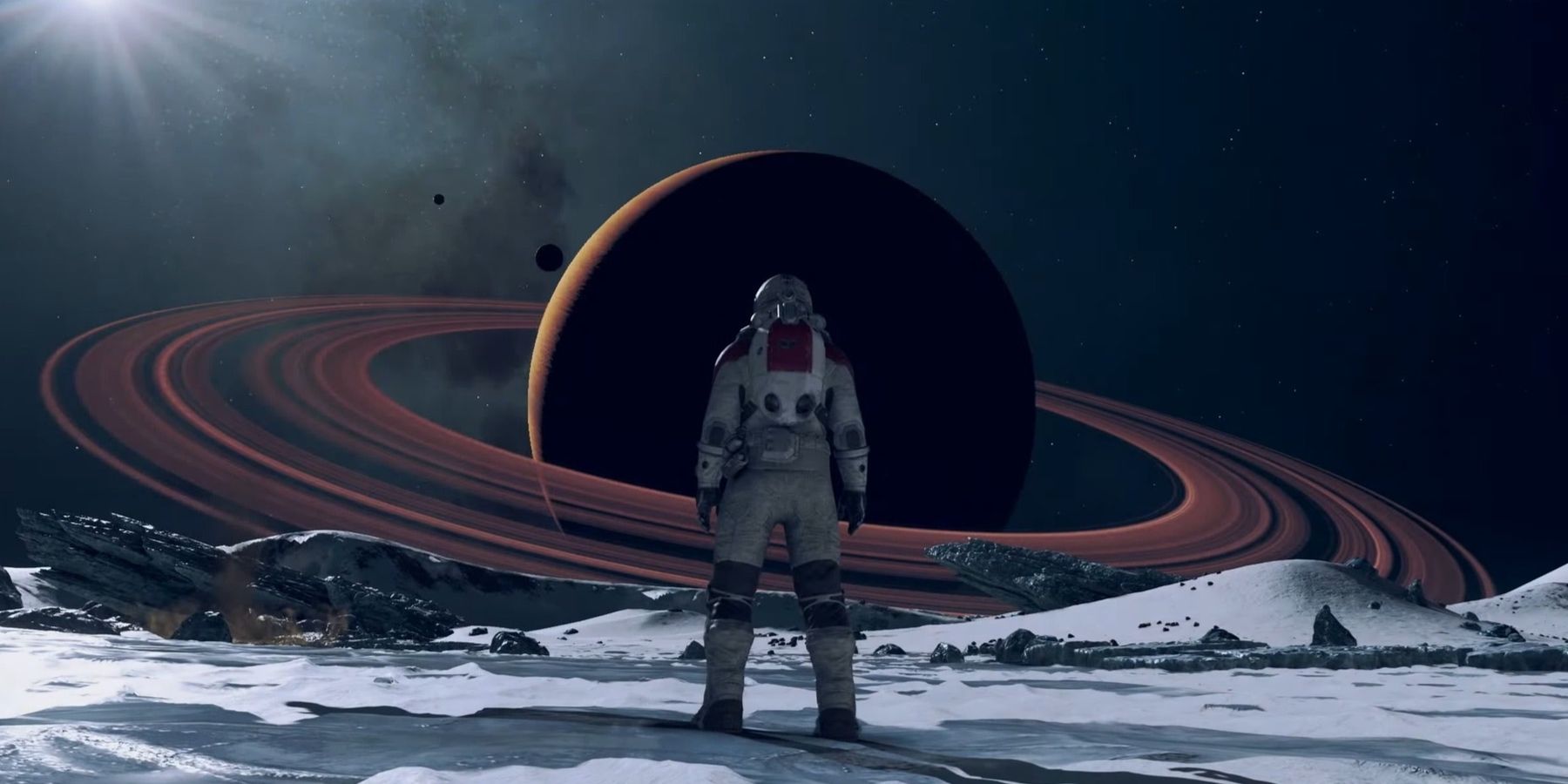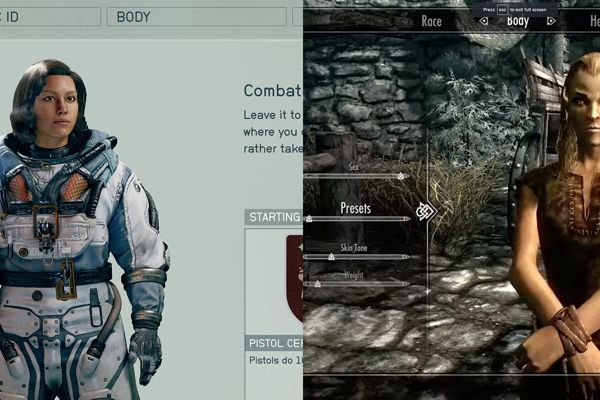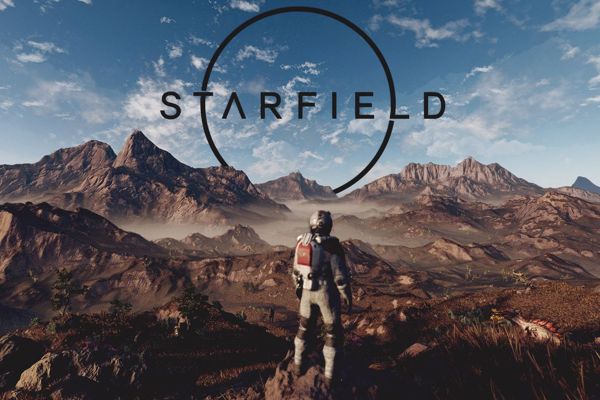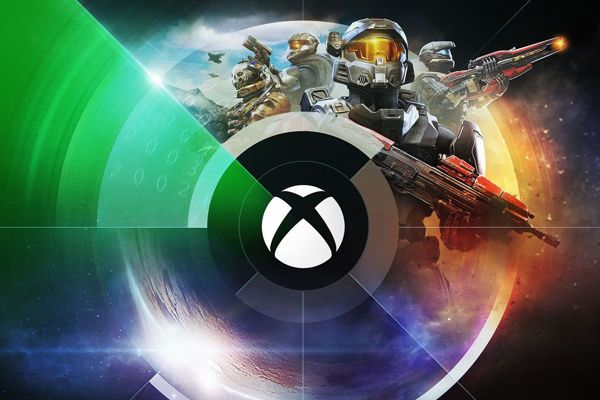
Starfield's Revolutionary Procedural Generation Pushes Boundaries of Space Exploration

Starfield's procedurally generated planets are revolutionizing the gaming world Bethesda's smart use of this technology allows for a vast range of planets with unique landscapes and environments Get ready to explore the unknown like never before
The recent Starfield Direct event and Xbox Showcase provided fans with a wealth of information about the highly anticipated space exploration RPG. As expected, the presentation heavily featured the game's diverse and expansive planets, which have been praised for their impressive scale and procedurally generated design. While some may have concerns about the potential drawbacks of this approach, Bethesda demonstrated during the event that they are utilizing the technology in a smart and strategic way.
The Range of Starfield's Planets is Vast
Starfield takes Bethesda's open-world games to the next level by expanding their RPG formula to a much grander scale. Boasting an impressive 1,000 explorable planets across 100 systems, the game offers a vast and diverse range of exploration, factions, storylines, and NPCs. However, some critics have pointed out that with such an extensive planetary range, certain planets may feel barren and insignificant in comparison to the more prominent ones that serve as central hubs for the game's core narrative and experiences.
This ties into the procedural generation of the game, where numerous planets will be randomly generated for each playthrough. These planets will have random but sensible atmospheres, terrains, and resources while still being populated with pre-designed structures and events. The use of procedural generation in such an immersive title comes with potential pitfalls, but Bethesda's approach may set the golden standard for future games of a comparable scale.
How Starfield Chooses to Use Procedural Generation
Starfield's use of procedurally generated planets seems to be focused on the more unique and distant planets that players may come across during their explorations, rather than being a main feature of the game. The demo shown at Starfield Direct showcased this technology in action, giving fans a glimpse of the potential for endless exploration and discovery in the game's vast universe.
The developers have made a conscious decision to steer away from using procedural generation on the game's crucial locations, ensuring that players have a consistent and unforgettable experience on Starfield's most notable planets. Take, for instance, Jemison - a planet that was one of the first to be showcased and is a vital location in the Alpha Centauri system. As a system that players will encounter early on in the game, it's evident that the planets within it will play a significant role in the game's overarching narrative. Jemison, in particular, is the home of New Atlantis, the capital city of the United Colonies faction. To avoid any potential issues with the planet's structure or bugs that could detract from the game's immersion, the developers have chosen not to use procedural generation on this planet. Instead, procedurally generated planets will be utilized for side content, allowing players to personalize their playthrough with unique locations.
Starfield is taking a unique approach to procedural generation by incorporating both scripted and procedurally generated content. This combination of hand-crafted planets and procedurally generated ones ensures that all players will experience the same core narrative, while also providing opportunities for unexpected and personalized moments. If this approach is successful, it could have a significant impact on the future of procedural generation in gaming. Starfield is set to be released on September 6 for PC and Xbox Series X/S.
